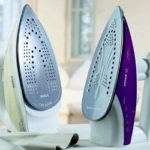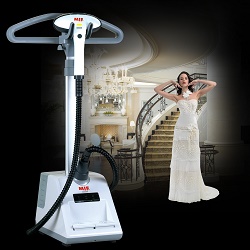The main reasons why your iron does not heat up
Iron - one of the most necessary electrical appliances in the house, but in it, as in any piece of household appliances, malfunctions occur. For example, you turned on the device in the network, waited some time and realized that the iron is still cold. You can cope with this problem yourself, without resorting to the help of service center specialists. Below we consider the most common reasons why your favorite iron does not heat up, and give tips on how to fix this breakdown.
Content
The main causes of failure
In some situations, it is possible to understand what the problem of lack of heating is, even without disassembling the unit. If you are convinced that the iron is plugged in, there is no electricity interruption in the house, and the indicator light on the body of the iron is on - it means damaged heating element iron (in other words, "Teng"). Unfortunately, in this case, the projections are unfavorable.
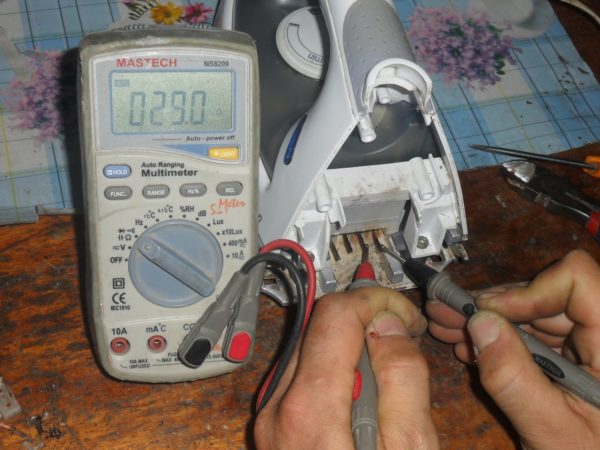
The fact is that the heating element is connected directly to the sole of the iron. If the fixings are all-in-one, then most likely you will have to contact the specialists and replace the entire sole, or buy a new iron. If the heating element is attached with tips, then theoretically it can be detached from the sole and then using sandpaper to clean the damaged contacts.
If the problem is in the heating element, it is very difficult to solve it yourself, and it will be more profitable to purchase a new electrical appliance, because replacing the part in this case will be expensive.
However, this is not the only version that does not heat the iron. Let's try to diagnose other faults:
- Damaged power cord. This is one of the most common breakdowns. You need to check the inclusion of the iron in the network and consider the wire: is there anywhere there is a break or damage? The integrity of the power cord and plug can be diagnosed using a multimeter. This device measures resistance in an electrical circuit. You need to ring the cord and determine its performance.Make sure that there is voltage in the outlet by switching the multimeter to the mode indicated by the letter V. This is a sign of alternating voltage. After the Latin letter V, as a rule, follows the symbol "~".
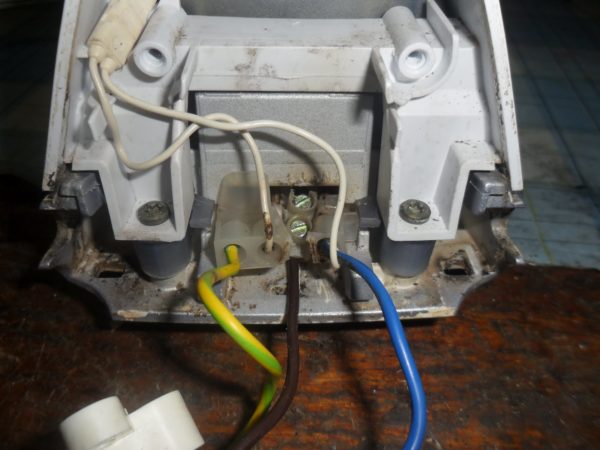
- Is there voltage in the outlet, does the iron turn on but not warm? Check out whether the wire is bent, whether contacts with a heating element have weakened. You can also shorten the cord yourself by a few cm. Perhaps after this procedure, the damaged area will be removed and the problem will be solved. If the device still refuses to turn on, replace the cord with a new one.
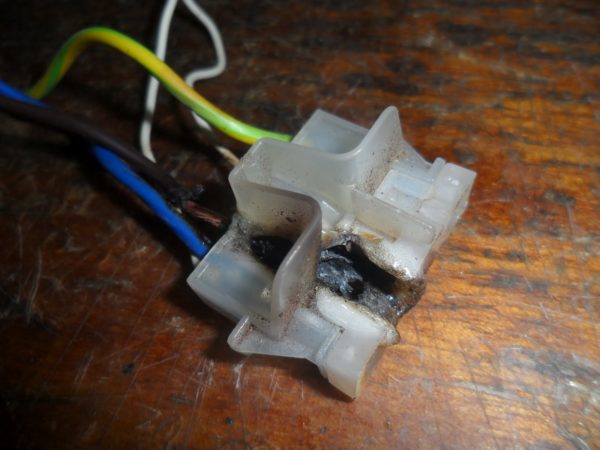
- The thermostat failed. The temperature control is a lever that we turn to set the heating temperature to a minimum or maximum, depending on the type of fabric that needs to be ironed. It regulates the temperature to which the sole heats up. This part has a simple design, it is represented by a bimetal plate, the tension of which is regulated by a special spring. When the temperature of the regulator changes, the contacts alternately close and open, at which moment a high voltage current flows through them.If the contacts become dirty, they get dust or lint, then it certainly affects the performance of the equipment. In this case, it would be better to thoroughly clean the contacts with sandpaper (do not forget to disconnect the iron from the power supply!).
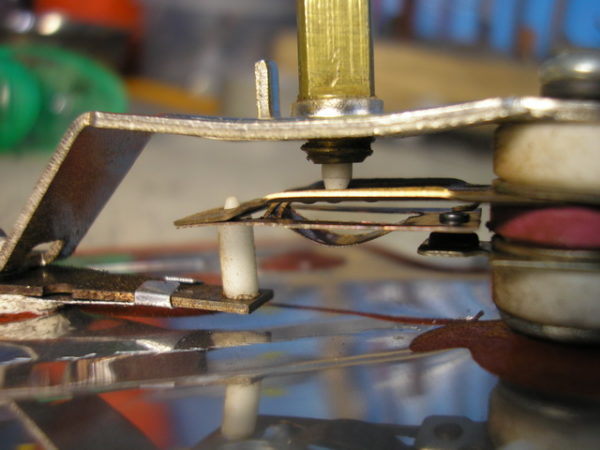
- The problem in the thermal fuse. What to do if everything is fine with the cord, the power indicator light is on, and the thermostat is working properly? Check the thermal fuse. In any model of modern irons there is a built-in fuse, which is responsible for the safety of the device during operation. If the temperature inside the structure rises excessively, this element collapses (disconnects the electrical circuit) so that a fire does not occur. Accordingly, after the fuse “flew”, the iron ceases to heat up. Check the fuse can work, using dial. If it turns out that the cause of the fault lies precisely in it, replace it with a new one. However, it all depends on the model of the device. Thermal safety devices are replaceable and cast, fusible and not fusible.
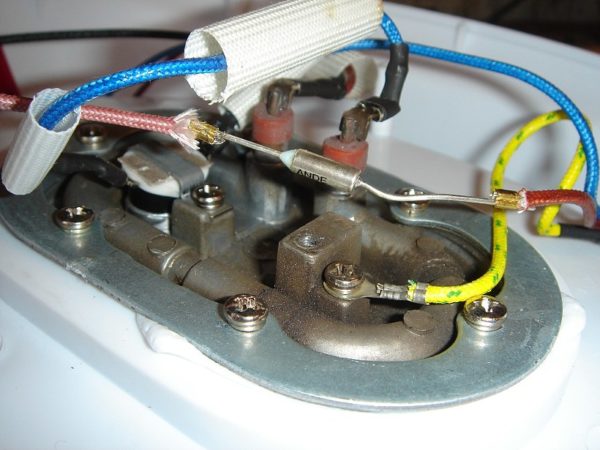
How to disassemble the iron yourself
If you have never disassembled electrical appliances in your life, this can be a big puzzle. In the current models from the outside can not see a single attachment, screw or connector. How to be in this case and how to disassemble the structure? Indeed, in the Soviet, grandmother's irons, everything was arranged much simpler and clearer.
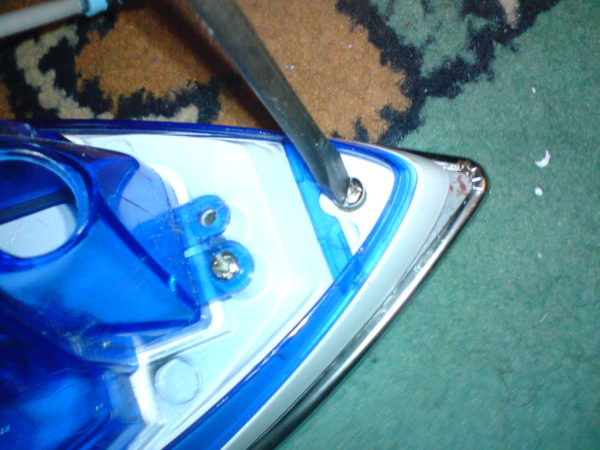
Carefully consider the body of your electrical assistant. Today, the design of electrical appliances is designed in such a way that all elements, parts, are connected to each other hidden snaps. Locate the flathead screwdriver and gently pry the latches. Then you will find the very screws, fastening the main parts of the iron.
Remember that a disassembled iron is strictly forbidden to be plugged in.
Some popular manufacturers of home appliances, such as Tefal, Philips, Brown, often use screws with branded, not quite standard heads. Here you have to suffer a lot and pick up the right screwdriver, or even contact the manufacturer’s service center.
Recommendations and Prevention
In order to avoid malfunction of the iron, it is best to take care of care in advance.
- Prepare a clean ironing board and check for dust, wool, lint, and other debris on the soleplate. When heated, it can affect the work of the iron, and spoil the thing that you iron.
- Woolen things, silk fabrics, organza is better to iron through a special fabric. In the case of wool, part of the villi may remain on the sole of the iron, and delicate fabrics are easily damaged, they may remain stains, burns.
- Adjust the temperature to suit the fabric.
- Products made of artificial fur, suede, leather are not recommended to iron with the help of steam. Steam exposure negatively affects the fibers (they can melt, remain on the base of the iron).
- It is advisable to iron matted fabrics from the inside, so that after ironing on them there will be no unnecessary shine.
- Keep the iron out of reach of children and pets. So, the dog can easily ruffle the wire, with the result that the iron will cease to function.
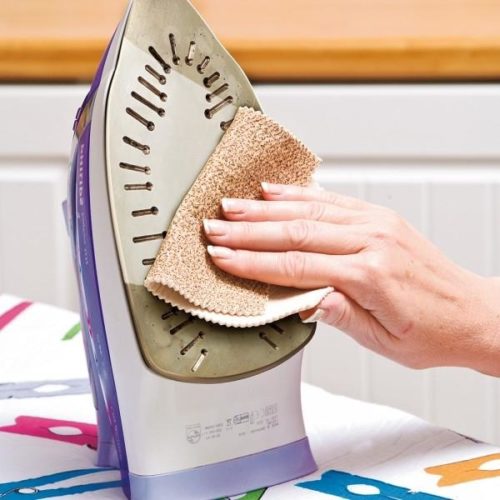
Conclusion
So, we have found out the main reasons why your iron does not turn on or heat up, and we have given ways to eliminate this problem. Whatever advanced technologies the manufacturers make (sensor control, automatic steam supply, water flow, absence of wires), the causes of the malfunction are universal for almost all irons. This may be a bad contact of the power cord, a faulty heater, a fuse failure, or a banal dusting of the contacts. If you are unable to diagnose yourself, seek qualified assistance, but do not forget that the repair process is expensive, and in some serious cases it will be more economical to purchase a new electrical appliance.

/rating_off.png)






